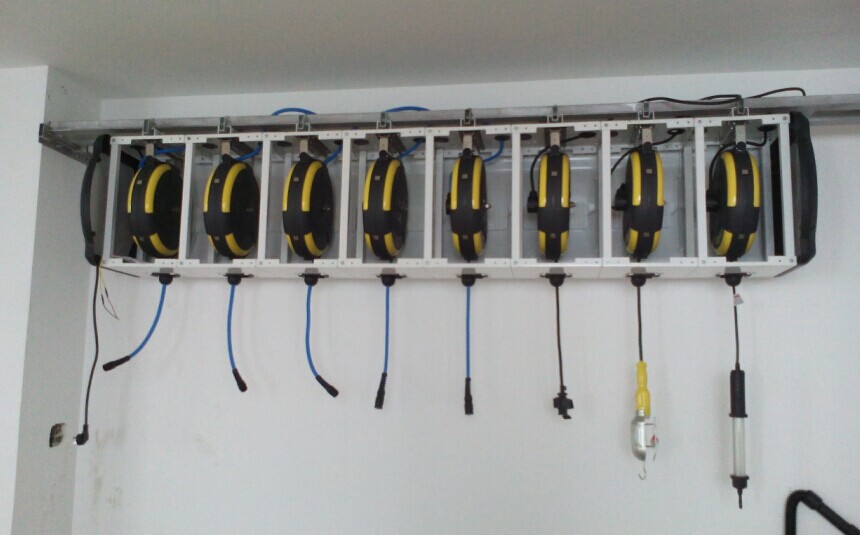Yea that doesn't sound like a legal installation. I would withhold payment until it is done correctly (and passed inspection). I used 3-3-3-5 copper SER to feed my subpanel from a 100A breaker on my main panel. My inspection will be early next week, hope I pass!
SER cable can be used as a feeder, however there is one restriction. If, at any point, it passes within or through thermal insulation, you have to use the 60 degree column, making that cable only good for 85A (see 338.10(B)(4)(a)).



